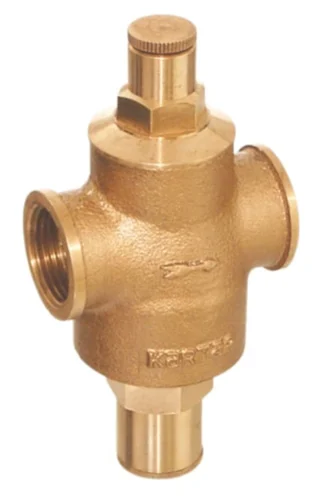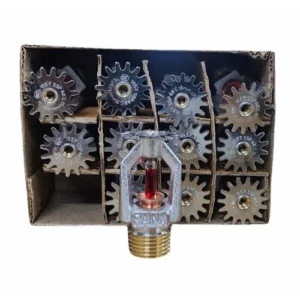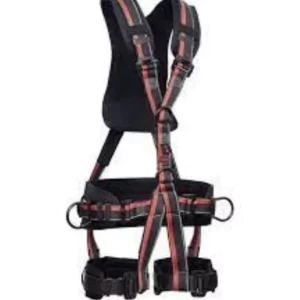Corrosion:
- Electrolytic coating: This involves applying a thin layer of a more corrosion-resistant metal, such as nickel or chrome, to the valve. This can be effective for long-term protection, but it can be expensive and may not be suitable for all environments.
- Paint or lacquer: This is a less expensive option than electrolytic coating, but it may not be as durable and may need to be reapplied more often.
- Grease or oil: Applying a thin layer of grease or oil to the valve can help to protect it from corrosion, but it will need to be reapplied regularly.
Physical damage:
- Install a protective cover: A simple plastic or metal cover can help to protect the valve from physical damage.
- Store the valve in a safe place: If the valve is not in use, store it in a dry, cool place where it will not be exposed to elements or to physical damage.

Heat:
- Use heat-resistant materials: If the valve will be exposed to high temperatures, make sure that it is made from heat-resistant materials, such as stainless steel.
- Insulate the valve: You can also insulate the valve to help to protect it from heat.
I hope this helps! Let me know if you have any other questions.








Reviews
There are no reviews yet.